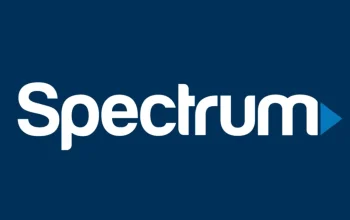2. User-Centric Design: Less is More
Sustainable design is often just good design. It’s about clarity and purpose. Dark mode, for instance, isn’t just a trendy aesthetic—on OLED screens, it can actually reduce energy consumption. Streamlining the user journey so people find what they need in fewer clicks also means fewer page loads and less server strain.
Avoiding autoplaying videos and complex animations that serve no real function is another easy win. Every moving part has a cost.
3. Green Web Hosting: Powering Your Site with Clean Energy
You can build the most efficient website in the world, but if it’s hosted in a data center powered by coal, you’re missing a major piece of the puzzle. This is where green hosting providers come in.
These companies power their data centers with renewable energy sources like wind or solar. Or, they purchase Renewable Energy Certificates (RECs) or carbon offsets to match their energy usage. It’s like choosing an electricity provider that guarantees your power comes from a wind farm.
| Type of Hosting | How It Works | Sustainability Angle |
| Traditional Hosting | Relies on the local power grid, which is often a mix of fossil fuels and renewables. | High carbon footprint, unless the provider has a specific green policy. |
| Carbon-Offset Hosting | The host calculates its carbon emissions and invests in environmental projects to balance them out. | Effectively carbon-neutral, though it doesn’t directly reduce energy demand. |
| Renewable Energy Hosting | Data centers are directly powered by, or purchase energy from, renewable sources like wind, solar, or hydro. | The gold standard. Directly supports and uses clean energy infrastructure. |
Why Bother? The Tangible Benefits of Going Green
Sure, saving the planet is a pretty good motivator. But the benefits of sustainable web development extend far beyond that. It’s honestly a win-win-win situation.
- Improved SEO: Google loves fast, user-friendly websites. Core Web Vitals are a direct ranking factor. So, many sustainable practices directly boost your search engine visibility.
- Better User Experience: A fast-loading, intuitive site keeps people engaged and reduces bounce rates. Happy users are more likely to convert, whether that means making a purchase or signing up for a newsletter.
- Enhanced Brand Reputation: Consumers are increasingly drawn to eco-conscious brands. Showcasing your commitment to sustainability can be a powerful differentiator.
- Cost Savings: Efficient sites use less bandwidth and server resources, which can, over time, lead to lower hosting bills. It’s a direct financial incentive.
Getting Started: Your Path to a Greener Website
Feeling overwhelmed? Don’t be. You don’t have to overhaul everything overnight. Here’s a simple, actionable plan.
- Audit Your Current Site: Use tools like Google PageSpeed Insights or the Website Carbon Calculator to get a baseline. How does your site perform? How much CO2 does it produce per page view?
- Optimize Your Assets: Tackle your images first. It’s often the lowest-hanging fruit with the biggest impact. Run them through a compression tool.
- Review Your Hosting: Check your current host’s sustainability policy. If it’s lacking, research green hosting alternatives. The switch can often be seamless.
- Adopt a Sustainable Mindset: For every new feature or design element you add in the future, ask: “Is this necessary? Is there a more efficient way to achieve this?” It becomes a habit.
That said, perfection is the enemy of progress. A slightly optimized site on a green host is infinitely better than doing nothing at all.
The Bigger Picture
The digital landscape we’re building today is the foundation for tomorrow. Every kilowatt-hour of energy we save, every gram of CO2 we avoid, adds up. It’s a collective effort. By choosing to build and host sustainably, we’re not just making better websites—we’re casting a vote for the kind of digital world we want to live in. A world that is fast, beautiful, and thoughtfully designed to last.




